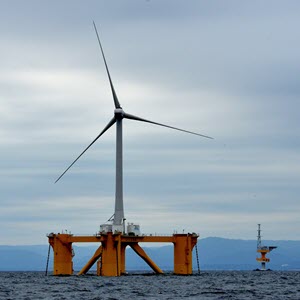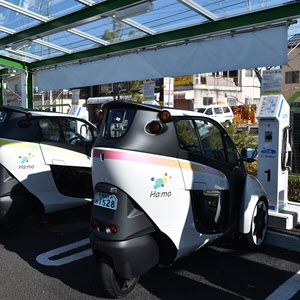Achieving Net Zero
Policy Implications for U.S.-Japan Cooperation
Leading up the 26th United Nations’ Conference of the Parties (COP26), both Japan and the United States laid out ambitious goals to achieve net zero for their respective economies. Notably, Japan is taking substantial steps to reduce its greenhouse gas emissions over the next 30 years, with a plan to achieve carbon neutrality by 2050. The United States has been a longtime partner of Japan and is recently recommitted to the Paris Agreement, with President Biden striving for a carbon free power sector by 2035 and a net zero emissions economy by 2050. In this discussion, we aim to analyze these goals in both countries through three distinguishable, but nevertheless interconnected, sectors: infrastructure development, transportation, and electricity. Decarbonization of a nation is a tremendous feat, and these three sectors will require a range of policy mechanisms to make the successful transition to net-zero. As two of the largest emitters in the world, Japan and the United States have significant challenges to address over the next three decades. However, this also presents a range of opportunities for both countries to increase collaboration through research, investment, and knowledge sharing.







 Achieving Net Zero: Policy Implications for U.S.-Japan Cooperation
Achieving Net Zero: Policy Implications for U.S.-Japan Cooperation